Google’s product management vice-president for shopping, Jonathan Alferness, on how retail is changing - and Google’s role in that.
How does Google see retail?
Retailers have been instrumental to what Google is all about, which is connecting consumers. If you go back and think about the beginnings of the search function, you typed in a business name and we would help you get there.
Now, consumer expectations have evolved. When consumers come to Google we can help to better connect them with what they’re looking for - the right retailer at the right time with the right product in a way that’s frictionless.
What is changing retail most, from Google’s perspective?
Mobile. These mobiles devices become almost like a remote control to our entire existence. Consumers want help completing whatever task they have in front of them. If you think about the evolution of Google we have gone from a search engine with 10 blue links to something that is more like a helpful task assistant.
We are always thinking about the retail lens underneath Google, trying to connect consumers with retailers they already love and new retailers they don’t know yet in ways that are delightful and magical.
You launched Customer Match Shopping last week. What do you hope to achieve with it?
Ever since the beginning of time retailers have thought a lot about - and coveted - their customers. They have maintained customer lists, had special VIP events for their customers, given them special Sales offers.
Customer Match Shopping is essentially the same thing in the online space. Retailers can provide us with lists of highest value customers, existing customers, customers who tend to spend less, and they can then tailor the Google shopping campaigns to that set of customers.
Perhaps you knew a section of your customer base already has a particular product you sell and you don’t want to repromote that to them - you can modify the campaign.
How do you see retail changing in the future?
I think you can always seeds of the future. In two to three years I envision any product you see on your mobile device being tied back to information about the product and the retailers which sell it. Users will be able to interact with that product, potentially buy it, learn more about it, whether it’s on a video, a blog, talked about by an industry expert or something they’ve stumbled across on a social media feed.
The last thing want to do on your mobile device is to see a product on site xyz, figure out what it is, bring it back into search, find it, and finally be able to buy it.
I also think the divide between physical and digital is going to evaporate. I think we’re going to see even more retailers embracing mobile as a way to shop - shops will never go away but the footprints will likely evolve, maybe more into showrooms. Some product will be available but the retailer will have other ways of getting the product to the customer very, very quickly.
The physical and digital experience will be disruptive but those retailers that can adapt to the consumer trends are going to continue thrive.
Are there any retailers you would single out as leading the pack when it comes to digital engagement?
I think retailers can learn from Argos [which Google has worked with on real time advertising], I would single it out. Its management have been transforming the business into one that embraces digital and have realised that if they can provide consumers with as painless an experience as possible it will drive sales - it’s that simple.
The guarantees they are trying to deliver to their customers - that they are in and out of the shop as quickly as possible - is interesting. Most retailers want to try and upsell more but Argos knows that today’s consumer is just trying to get the task done.
Are there ways you can bring consumers into the store and then upsell? Yes, but that’s the proposition you have to be delivering in the first place.
If we go back to brands’ core values, more and more, consumers, especially the younger generation, are looking for authenticity, looking for values and looking for those values to be projected.
Argos’s values are around getting out of the store fast. If a consumer comes in and Argos tries to sell the more the consumer sees this as a change of values.




















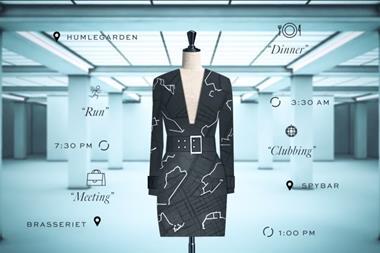
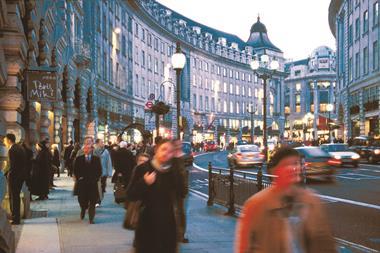
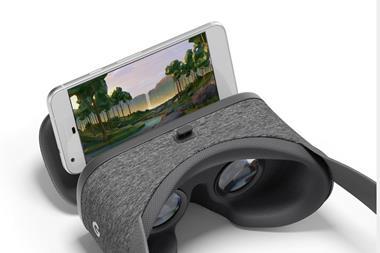
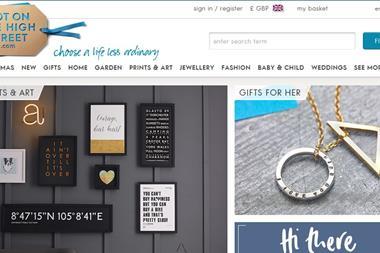

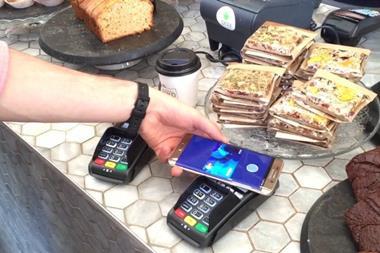
No comments yet